 Most viewed Most viewed |

Satomi Park water fountain. 7 views
|
|
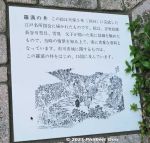
The Rakan-no-I well was actually depicted in this 1834 illustration, part of Illustrations of Edo's Noted Sights. 羅漢の井7 views
|
|
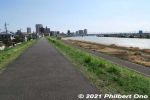
Straight ahead is the bridge for the Keisei Line. 江戸川沿い7 views
|
|
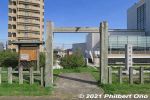
Slightly south of Keisei Line's Konodai Station next to Edogawa River is the Ichikawa Sekisho Checkpoint site. This is only a marker monument (no original structures). 市川関所跡7 views
|
|
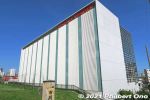
Near the Ichikawa Sekisho Checkpoint is a Yamazaki Baking (山崎製パン) research and training facility ("Creation Center"). Yamazaki is the world's second largest bread-baking company. Founded in Ichikawa, Chiba in 1948.7 views
|
|
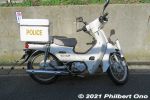
Police motor scooter.7 views
|
|
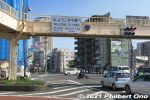
From the Edogawa riverside, we turned left on Route 14 and walked to Ichikawa Station. Welcome to Chiba! Ichikawa is one of Chiba Prefecture's cities adjacent to Tokyo. 7 views
|
|
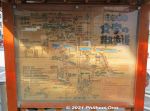
Map in front of JR Ichikawa Station showing another hiking route.7 views
|
|
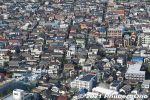
High-density housing.7 views
|
|
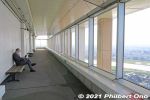
Another side of the lookout deck.7 views
|
|
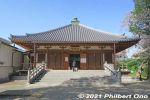
After Niomon Gate, this is the first building you see, Soshido Hall dedicated to Nichiren, founder of the Nichiren Buddhist sect. Reconstructed in 2010 on the 700th anniversary of Nichiren's death. 祖師堂 7 viewsThere are other temple buildings spread out on the hill.
|
|
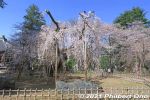
Guhoji's 400-year-old weeping cherry blossom tree is named "Fushihime Sakura." 伏姫桜7 views
|
|
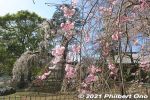
7 views
|
|
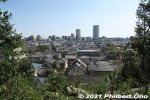
View of Ichikawa Station area from Guhoji. The two skyscrapers are The Towers East on the left and The Towers West on the right. The higher Towers West building has a lookout deck on the 45th floor.7 views
|
|
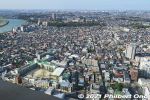
View from The Towers West lookout deck on the 45th floor. The patch of green is the hill where Guhoji is located.7 views
|
|
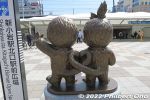
Back of the Monchicchi statue. Shin-Koiwa is where Sekiguchi Corporation, the toy company which invented Moncchichi, is based. モンチッチ像7 views
|
|

QR code for the Monchicchi web page.7 views
|
|
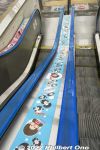
Escalator handrail decorated with Monchicchi. 7 views
|
|
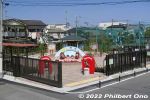
Entrance to the new Monchicchi Zone at Monchicchi Park.7 views
|
|
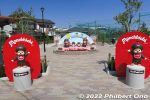
This new Monchicchi Zone has 27 Monchicchi/Sekiguchi statues all donated by the Sekiguchi Koichi, company chairman.7 views
|
|

The original Moncchichi pair were fraternal twins, but were magically reinvented into a married couple. On October 30, 2004, they had fraternal twin babies (boy and girl) named “Bebichhichi” (ベビチッチ).7 views
|
|

Moncchichi-chan now a mom.7 views
|
|
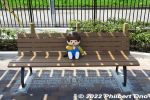
Monchicchi bench.7 views
|
|
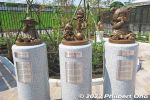
On the left is Mademoiselle Jeje from 1973. Her thumb-sucking was also incorporated in Monchicchi. In the middle are clown dolls for music boxes in 1984.7 views
|
|
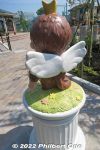
Monchicchi angel has its own corner of the park. 天使のモンチッチ7 views
|
|
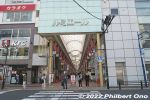
On the south side of JR Shin-Koiwa Station is a shopping arcade named Lumière with 140 stores. It extends across both Katsushika and Edogawa Wards. 新小岩ルミエール商店街 7 views
|
|
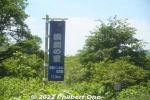
Road signs in Fukushima, Matsumae indicate you're in a Yokozuna town.7 views
|
|
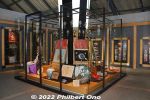
Chiyonofuji's trophy room, filled with trophies, awards, and mawashi ceremonial aprons.7 views
|
|

Various awards.7 views
|
|
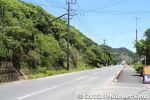
Amami Oshima is slightly larger than the Hawaiian island of Molokai.7 views
|
|
|
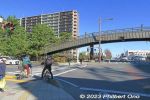
Where the Soka-Matsubara pine tree path intersects with a major road at two locations, there's a large arch bridge to enable pedestrians to keep walking non-stop along the pine trees.7 views
|
|
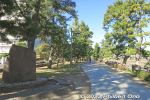
Matsuo Basho monument7 views
|
|
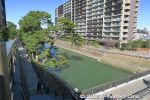
7 views
|
|
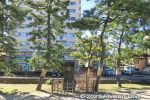
Along the pine tree path is this monument for the Japanese bush clover planted by the late Donald Keene who first visited Soka in 1988 to give a keynote speech at the Oku-no-Hosomichi International Symposium.7 views
|
|
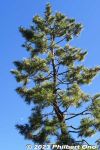
7 views
|
|
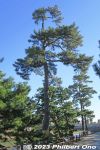
7 views
|
|

7 views
|
|
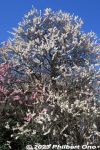
7 views
|
|
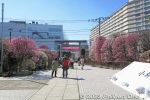
7 views
|
|
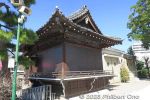
Omurai Katori Shrine's Sacred Dance stage.7 views
|
|
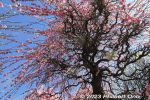
Under a tall, weeping plum blossom tree.7 views
|
|
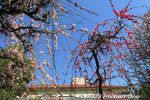
7 views
|
|
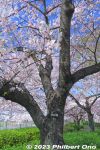
7 views
|
|
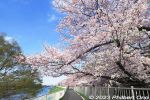
7 views
|
|
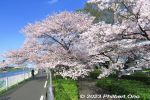
7 views
|
|
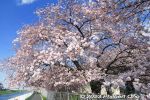
7 views
|
|
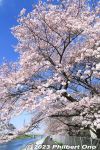
7 views
|
|
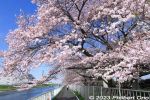
7 views
|
|
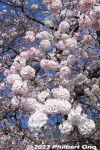
7 views
|
|
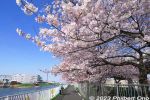
7 views
|
|
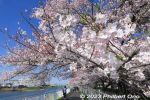
7 views
|
|

7 views
|
|
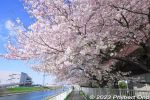
7 views
|
|
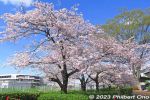
"America" Somei-Yoshino cherry trees from America at the park when in bloom. They are planted for a few hundred meters along Shin-Shibakawa River behind the Visitors Center. This was in late March.7 views
|
|
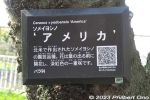
ID tag for "America" Somei-Yoshino cherry tree from America at the park. It now has a QR code linking to a Japanese webpage explaining the species.7 views
|
|
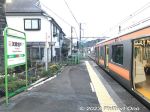
JR Musashi-Masuko Station platform. From central Tokyo, the train ride took about 1 hr. 20 min. JR武蔵増戸駅7 views
|
|
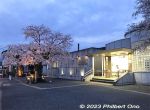
Musashi-Masuko Station has three Yasube'e cherry trees. This is the main one. They were planted in 1925 by local resident and landscape gardener Sakamoto Yasube'e who planted cherry blossoms at all the train stations along the Itsukaichi Line to7 views
|
|
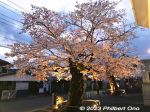
This is how it looks when you get out of the station.7 views
|
|
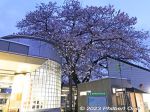
The third cherry tree at JR Musashi-Masuko Station.7 views
|
|
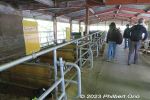
The calf shed is where calves and cows are raised until they reach adulthood.7 views
|
|

Types of cows. The cow's excrement and urine are converted into fertilizer for growing vegetables, etc.7 views
|
|

Posters explaining the work done at the dairy farm, anatomy of a cow, and the life cycle of cows. At the dairy farm, cows are fed, cow shed is cleaned, hay is made, and cows are milked.7 views
|
|
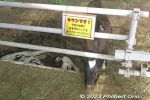
Calf in the pasture. 放牧場7 views
|
|
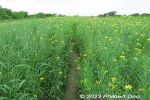
Rapeseed blossoms (nanohana) in late April.7 views
|
|
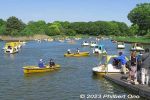
Pedal boats are very popular. This is the boat dock.7 views
|
|
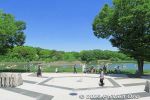
After entering the park through the Nishi-Tachikawa Entrance, you see this scene of the Waterfowl Pond and pedal boats. 水鳥の池7 views
|
|
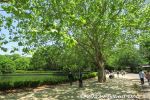
Lots of large trees for shade.7 views
|
|
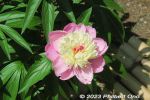
Peony7 views
|
|
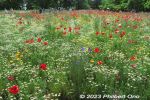
7 views
|
|
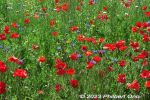
The field of red poppies at Showa Kinen Park.7 views
|
|
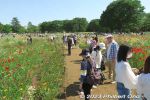
Path through the Bouquet Garden's poppies and other flowers.7 views
|
|
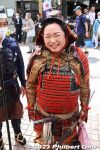
On May 3, 2023, 260,000 turned out to see 59th Odawara Hojo Godai Matsuri samurai parade highlighted by five Hojo Odawara Castle lords and their ladies in colorful costumes. Held for the first time in four years due to the pandemic.7 views
|
|
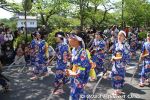
Female warriors. 少年少女武者隊 小田原市子ども会連絡協議会7 views
|
|

Child warriors from local youth groups. 少年少女武者隊 小田原市子ども会連絡協議会7 views
|
|
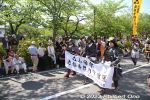
People wearing handmade samurai armor and costumes (made of paper). 手づくり甲冑隊7 views
|
|
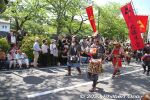
Handmade samurai armor and costumes.7 views
|
|
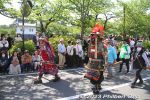
7 views
|
|
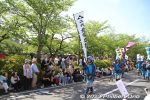
Start of the samurai entourage for the second Odawara Hojo lord, Hojo Ujitsuna. Played by Odawara government officials.7 views
|
|
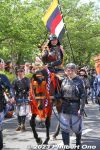
The third Odawara Castle lord, Hojo Ujiyasu played by a woman. 三代北条氏康隊7 views
|
|
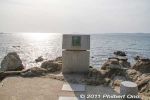
Morito Coast has this Yujiro Ishihara Memorial Monument. He was a famous actor from this area. 石原裕次郎記念碑7 views
|
|
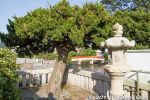
7 views
|
|
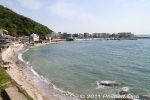
View of Shin-Nase beach from Denny's restaurant (Hayama-Morito Branch). 真名瀬海岸7 views
|
|
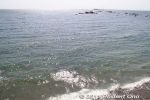
View from Denny's restaurant (Hayama-Morito Branch).7 views
|
|
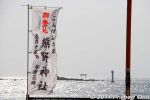
Kumano Shrine in Hayama, Kanagawa Prefecture.7 views
|
|
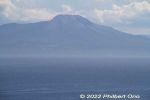
Mt. Komagatake as seen from Mt. Sokuryo in Muroran.7 views
|
|

Map of Shukuzu Shinsui Greenbelt Park.7 views
|
|
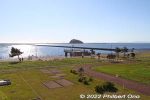
7 views
|
|
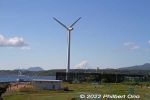
Etomo Peninsula has power-generating windmills.7 views
|
|
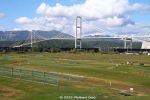
Hakucho Bridge, Muroran. Built in 1998. 白鳥大橋7 views
|
|
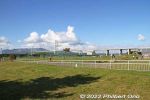
View of Hakucho Bridge that goes from the tip of Etomo Peninsula back to mainland Hokkaido.7 views
|
|
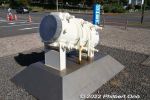
Cutaway of suspension cable used on Hakucho Bridge.7 views
|
|

Roadside Station Mitara Muroran has a gift shop and restaurant on the first floor. The second floor is the Hakucho Bridge Memorial Museum. カナスチールみたら室蘭(白鳥大橋記念館)7 views
|
|
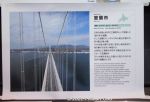
About Muroran, a steel town.7 views
|
|
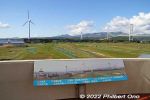
The museum also has a balcony with views of Hakucho Bridge.7 views
|
|
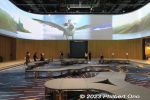
Lobby and tour entrance straight ahead.7 views
|
|
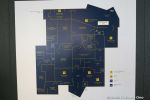
Floor map.7 views
|
|
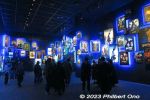
The tour starts in a room of animated movie posters where they explain a few rules. They also tell you how to register your QR code on your smartphone with your email address.7 views
|
|
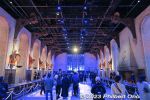
The Great Hall of Hogwarts (大広間)7 views
|
|
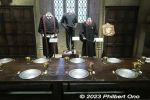
Tableware in the Gryffindor section with their robes displayed behind.7 views
|
|
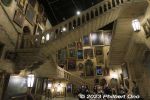
Hogwarts Marble Staircase which actually moves (swivels).7 views
|
|
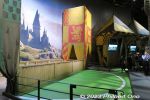
Quidditch filming experience: We visitors could act as spectators at a Quidditch match between Griffindore and Slytherin.7 views
|
|
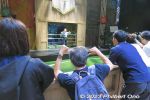
We visitors could act as spectators at a Quidditch match between Griffindore and Slytherin.7 views
|
|
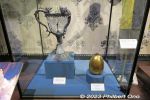
Triwizard Cup and golden egg from Goblet of Fire.7 views
|
|
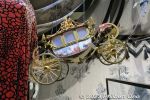
Flying horse carriage.7 views
|
|
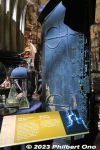
Vanishing Cabinet which Draco used.7 views
|
|
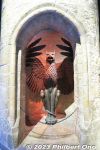
Griffin Stairwell to go to Dumbledore’s Office.7 views
|
|
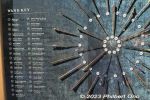
Thirty-three wands of all the wizards and witches.7 views
|
|
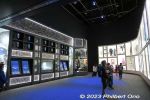
Death Eater masks.7 views
|
|
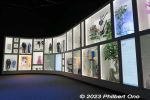
Costumes and more props.7 views
|
|
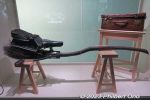
Broomstick prop.7 views
|
|
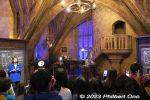
Defence Against the Dark Arts Classroom.7 views
|
|

Defence Against the Dark Arts Classroom. There was a wand-waving lesson to defeat a Death Eater (right) on the balcony.7 views
|
|
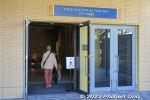
From the Backlot, the studio tour continues this way as we go back inside.7 views
|
|
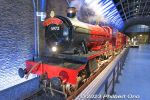
The full-scale train is the same make and model (GWR 4900 Class 5972 Olton Hall) as the original one displayed at the London studio. 7 views
|
|
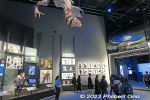
7 views
|
|
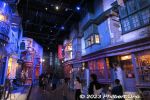
Diagon Alley facades.7 views
|
|

Members of the Princess Kazunomiya procession are introduced on stage at around 2 pm. The procession ends at around 3 pm at Kido-ato (木戸跡). Thanks to A. Shimamura for these photos.7 views
|
|
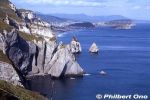
Near Cape Chikyu, Tokkarisho scenic point has dramatic sea cliffs. トッカリショ展望台7 views
|
|
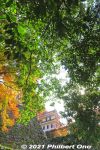
Gujo-Hachiman Castle turret and autumn foliage still green.6 views
|
|
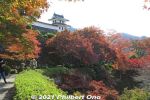
Gujo-Hachiman Castle corner turret and autumn foliage.6 views
|
|
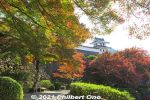
Gujo-Hachiman Castle corner turret and autumn foliage.6 views
|
|
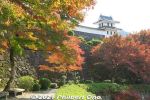
Gujo-Hachiman Castle corner turret and autumn foliage.6 views
|
|
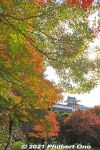
Gujo-Hachiman Castle corner turret and autumn foliage.6 views
|
|
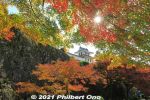
Gujo-Hachiman Castle corner turret and autumn foliage.6 views
|
|
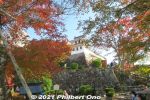
6 views
|
|
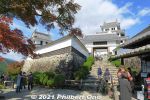
Near the gate to the main tenshukaku tower.6 views
|
|
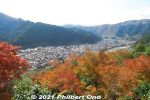
View of Gujo-Hachiman in autumn, south of Yoshida River.6 views
|
|
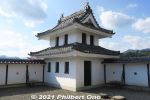
Gujo-Hachiman Castle corner turret. Not open to the public.6 views
|
|

The much photographed corner turret.6 views
|
|
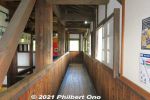
Corridor on a lower floor of the main castle tower.6 views
|
|
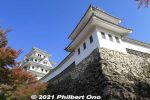
Corner turret and main tower.6 views
|
|
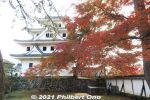
6 views
|
|
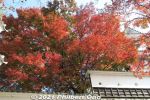
6 views
|
|
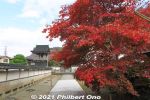
6 views
|
|
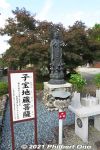
6 views
|
|
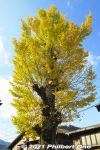
Ginkgo tree at a neighborhood temple.6 views
|
|
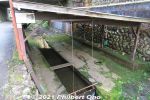
On this small Otohime Stream is this water shed covering a dammed part of the river where locals can wash potatoes. Natural spring water.6 views
|
|
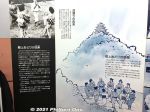
About the Gujo Odori dance.6 views
|
|
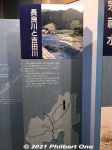
About Yoshida and Nagara Rivers.6 views
|
|
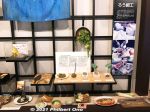
Food replicas.6 views
|
|
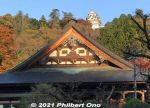
Gujo-Hachiman Castle and Anyoji Temple as seen from the street.6 views
|
|
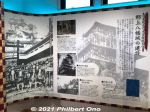
Reconstruction of Gujo-Hachiman Castle.6 views
|
|
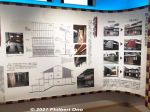
Characteristics of local architecture.6 views
|
|
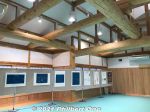
Second floor of Machinami Koryukan museum.6 views
|
|
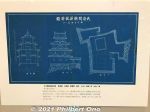
Blueprint plans of Gujo-Hachiman Castle's reconstructed main tower.6 views
|
|
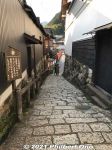
Small alley to Sogisui natural spring. The Kitamachi area of Gujo-Hachiman is also a National Important Traditional Townscape Preservation District (重要伝統的建造物群保存地区).6 views
|
|
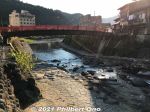
6 views
|
|
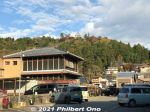
Gujo-Hachiman Castle seen from the street.6 views
|
|
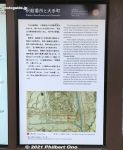
About the Kikoku Guardhouse.6 views
|
|
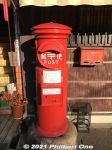
Old-style mailbox.6 views
|
|
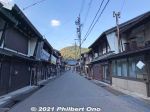
Traditional townscape along a neighborhood called Shokunin-machi where the town's craftsmen lived and worked. 職人町6 views
|
|
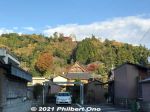
Gujo-Hachiman Castle seen from the street.6 views
|
|
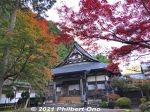
Daijoji Temple in autumn. 大乗寺6 views
|
|
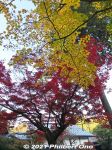
Daijoji Temple in autumn. 大乗寺6 views
|
|
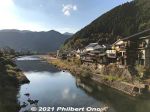
Yoshida River in Gujo-Hachiman looking downstream toward Nagara River.6 views
|
|
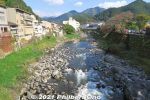
Yoshida River as seen from Shinbashi Bridge.6 views
|
|
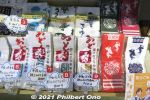
Gujo Odori dance tenugui hand towels.6 views
|
|
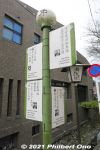
Directional signs in Gujo-Hachiman includes English.6 views
|
|
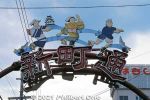
Shinmachi-dori street sign with Gujo Odori dancers.6 views
|
|
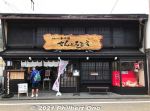
Gujo-Hachiman is also famous for food replicas which were invented by Gujo-Hachiman native Iwasaki Takizo (1895–1965). This shop called Sample Kobo displays a large sample of them. Also for sale. サンプル工房6 views
|
|
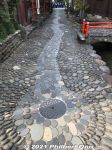
Yanaka Mizu no Komichi with embedded stones.6 views
|
|
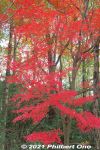
6 views
|
|
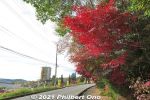
6 views
|
|
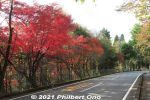
Although I was rewarded with these red maples, one-hour is kind of a long walk. Slight uphill too.6 views
|
|
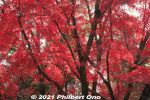
6 views
|
|
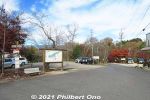
Enakyo bus stop.6 views
|
|
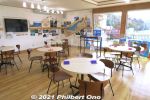
Inside Enakyo Visitors Center.6 views
|
|

Sights and wildlife in Enakyo Gorge.6 views
|
|
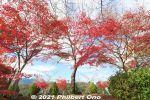
6 views
|
|
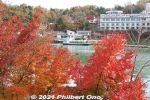
6 views
|
|
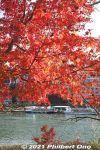
6 views
|
|
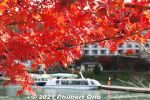
6 views
|
|
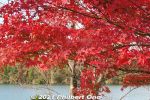
6 views
|
|
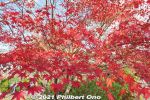
6 views
|
|
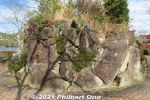
Rocks on the tip of Sazanami Park.6 views
|
|
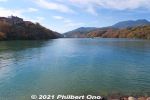
View of Kiso River from the tip of Sazanami Park. Right below Shinonome Ohashi Bridge (東雲大橋) in the distance is Oi Dam built in 1924 as Japan's first hydroelectric dam. The dam created this reservoir in Ena Gorge.6 views
|
|
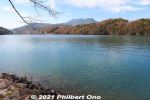
6 views
|
|
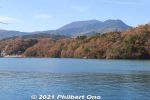
6 views
|
|

Upstream toward Enakyo Ohashi Bridge.6 views
|
|
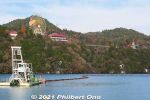
On the right side of Sazanami Park, Ena-kyo Wonderland can be seen on the mountain. An amusement park, closed for winter from Nov. to Feb..6 views
|
|
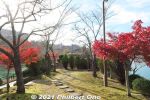
On the upper level of Sazanami Park, looking toward the tip.6 views
|
|
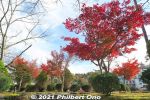
6 views
|
|
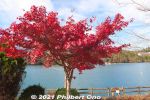
Most maple trees aren't that large, but the river in the background makes them scenic.6 views
|
|
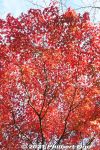
6 views
|
|
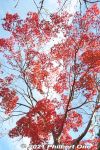
6 views
|
|
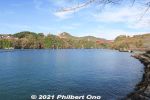
6 views
|
|

View of Benten Island.6 views
|
|
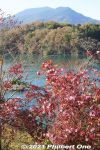
6 views
|
|
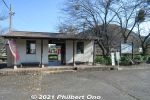
Nearest train station toTanigumi-san is Tanigumiguchi Station on the Tarumi Line. Small little train station with no staff. 6 views
|
|
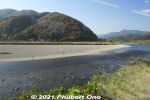
There are some nice views along the train line.6 views
|
|
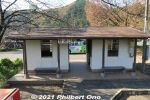
Tanigumiguchi Station, small little train station with no staff.6 views
|
|
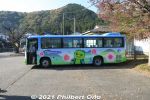
At the station, a shuttle bus (Ibigawa-cho Fureai bus) awaits to take tourists to Tanigumi-san. Short bus ride, but the bus runs only once every 90 minutes until 2:30 pm.6 views
|
|
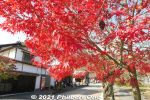
6 views
|
|
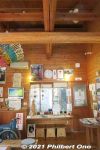
Inside Ibigawa Tourist Information Plaza. 揖斐川町観光プラザ6 views
|
|

6 views
|
|
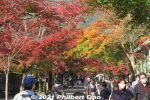
6 views
|
|
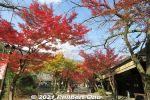
6 views
|
|

6 views
|
|
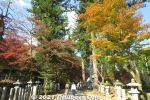
6 views
|
|
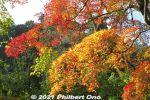
6 views
|
|
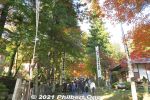
6 views
|
|
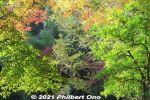
Some greenery too.6 views
|
|
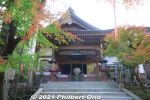
Meioin Temple is where worshippers can receive the temple seal. 明王院6 views
|
|
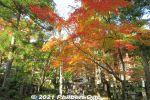
6 views
|
|
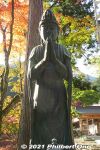
6 views
|
|
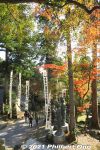
6 views
|
|
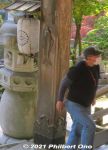
People who completed the 33-temple pilgrimage can rub this fish (made of bronze) to mark the end of their abstinence (精進落ち). The pillar on the left also has a koi fish hanging (not visible).6 viewsThese days, I'm sure most pilgrims do the pilgrimage by car or train. Too far to walk it.
|
|
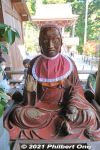
6 views
|
|
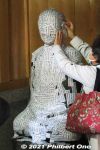
This lady probably wants to cure her impaired hearing. Koke-no-mizu Jizo statue (苔の水地蔵尊)6 views
|
|
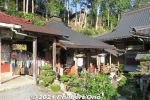
Oizurudo (笈摺堂)6 views
|
|
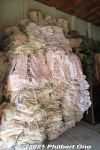
The Oizurudo altar hall is where pilgrims who completed the 33-temple Saigoku pilgrimage offer their pilgrimage implements. 6 viewsYou can see walking sticks, Chinaman's hats, and a lot of pilgrims' white oizuru (笈摺) vests (photo) which are like sleeveless happi coats or haori. The pilgrims have it stamped with each temple's vermillion stamp.
|
|
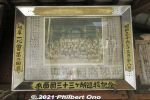
Old group photo of pilgrims who completed the Saigoku Pilgrimage here.6 views
|
|
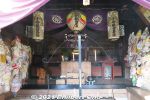
Inside Koyasu-do, a small altar hall to pray for safe childbirth and child raising. 子安堂6 views
|
|
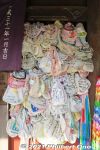
Offerings inside Koyasu-do. 子安堂6 views
|
|
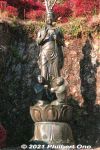
Kannon statue6 views
|
|
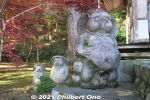
Tanuki is a raccoon dog considered to be an auspicious symbol commonly decorating the entrance to a shop or restaurant.6 views
|
|
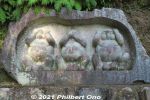
See no evil, speak no evil, and hear no evil by three wise tanuki. Apparently all virile males. Not monkeys, how surprising. 6 views
|
|
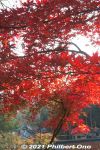
Maples facing the Mangando hall.6 views
|
|
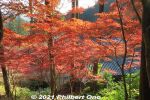
6 views
|
|
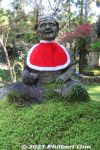
6 views
|
|
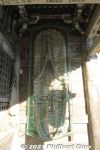
Giant straw sandal on Niomon Gate.6 views
|
|
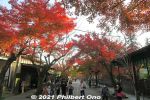
Walking back to the bus stop in late afternoon light.6 views
|
|
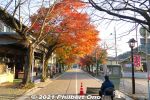
6 views
|
|
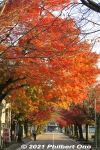
6 views
|
|
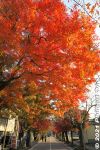
6 views
|
|
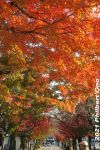
6 views
|
|
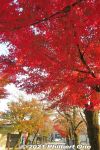
6 views
|
|

6 views
|
|
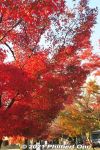
6 views
|
|
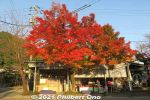
6 views
|
|
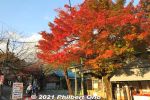
6 views
|
|
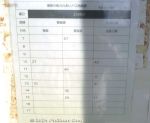
Buses go to Tanigumi-guchi Station (Tarumi Line) or Ibi Station (Ibigawa Line). Very infrequent, so check and remember the return bus schedule when you arrive here.6 views
|
|

Map of Ibigawa Town.6 views
|
|

6 views
|
|
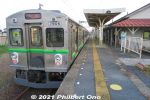
One-car train at Ibi Station.6 views
|
|
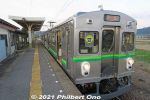
Ibi Station6 views
|
|
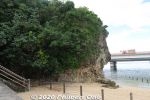
6 views
|
|
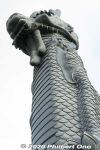
Ryuchu dragon pillar in Naha, Okinawa.6 views
|
|
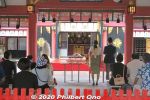
Inside Naminoue Shrine's Haiden, a ceremony taking place.6 views
|
|
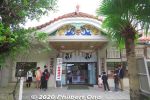
Naminoue Shrine office.6 views
|
|
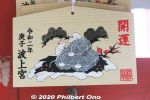
Naminoue Shrine's ema prayer tablet. (For the Year of the Mouse in 2020.)6 views
|
|
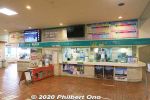
At Tomari Port, ticket window for Kumejima island.6 views
|
|

Today's boat schedule. Check this to make sure your boat has not been canceled due to the weather, etc.6 views
|
|
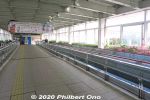
Overpass passageway from the airport terminal to Yui Rail's Naha Airport Station.6 views
|
|

Japan Transocean Air (JTA) Boeing 737-800.6 views
|
|
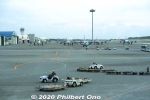
Naha Airport gates have large pictures windows perfect for plane spotting.6 views
|
|
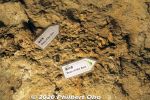
Deer bone fossils.6 views
|
|
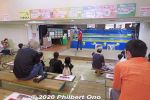
Also popular in Okinawa World is the Habu Museum Park and Habu Show. Habu is Okinawa's venomous snake. Habu Theater for the 20-min. habu show a few times/day.6 views
|
|
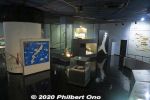
Habu Museum has many interesting exhibits about the habu. There's also some English.6 views
|
|
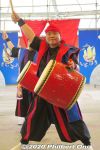
6 views
|
|
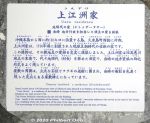
About Uezu Residence. 上州家6 views
|
|
| 71464 files on 284 page(s) |
 |
 |
281 |  |
 |
|